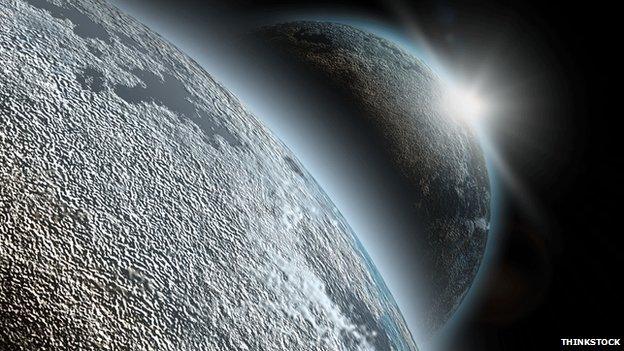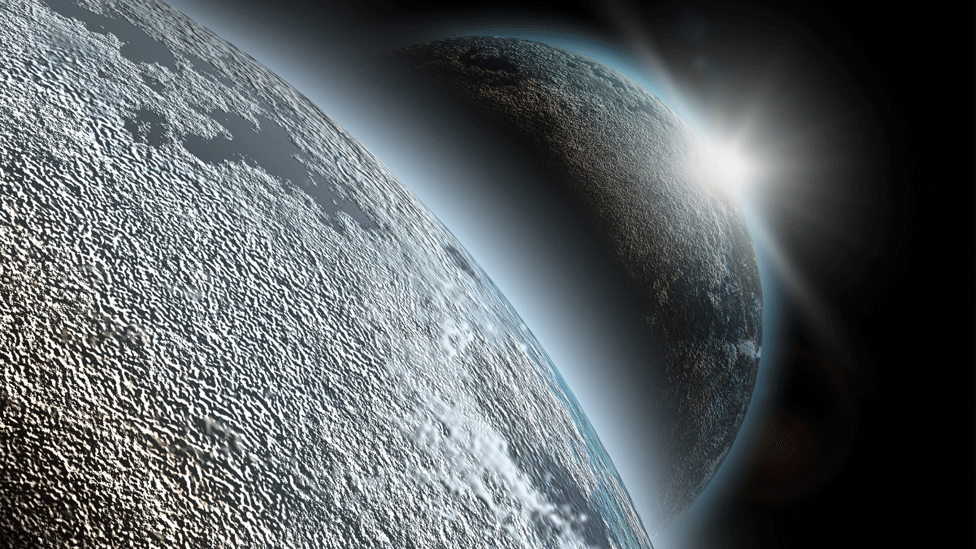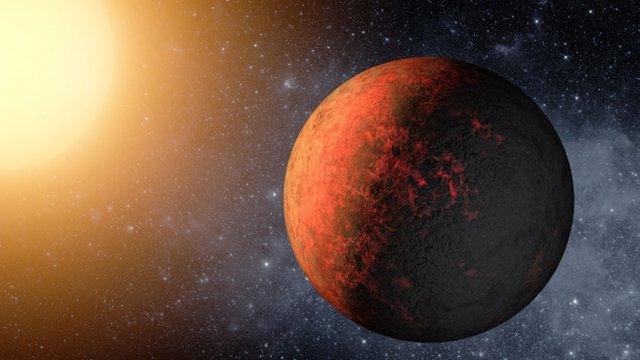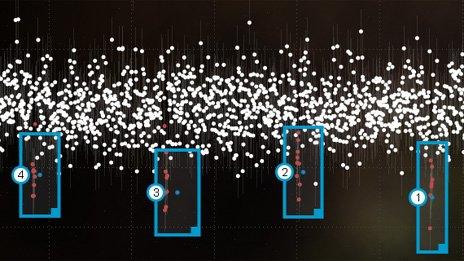Scottish Munro suggested as name for alien exo-planet
- Published

Exo-planets orbit distant stars
One of Scotland's best known mountains has been suggested as the name for a planet known as an exo-world.
Ayrshire Astronomical Society is among UK groups competing in the International Astronomical Union's (IAU) NameExoWorlds contest.
AAS is believed to be the only one from Scotland to have registered.
Names it has entered for a star and three planets include Schiehallion, a Munro in Perthshire.
Exo-planets orbit distant stars and the IAU wants to find names for 305 which currently carry scientific designations such as GJ 832 b and CoRoT-1b.
Following a vote among members, AAS has submitted names for upsilon Andromedae, a system who's star is visible with the naked eye from Scotland.
Moore has been suggested as the name for the star in honour of the late English astronomer and broadcaster Sir Patrick Moore.

Schiehallion is one of Scotland's best known mountains
Sagan - after American astronomer Carl Sagan - has been suggested for the planet upsilon Andromedae b.
The third planet, upsilon Andromedae c, should be named Clarke after legendary science fiction writer Sir Arthur C Clarke, according to the AAS members.
Schiehallion has been suggested for upsilon Andromedae d.
The 3,547ft (1,083m) high mountain's name means "fairy hill of the Scots".
It is said to be the centre of Scotland due to its position close to the latitude midway between the most northern and southern parts of mainland Scotland and longitude midway between the most westerly and easterly points.
In 1774, Astronomer Royal Nevil Maskelyne conducted an experiment on Schiehallion to estimate the mass of the Earth.
The international competition will go through a process over the next few months, including a public vote on suggested names.
The IAU and citizen science organisation Zooniverse expect to deal with millions of votes.
Results of the contest will be announced during a ceremony later this year in Honolulu, the capital of Hawaii.
Astronomers have been indentifying hundreds of exo-planets. Scientists speculate that some may have the right conditions to support life.
- Published30 January 2015

- Published15 March 2013

- Published16 January 2012
